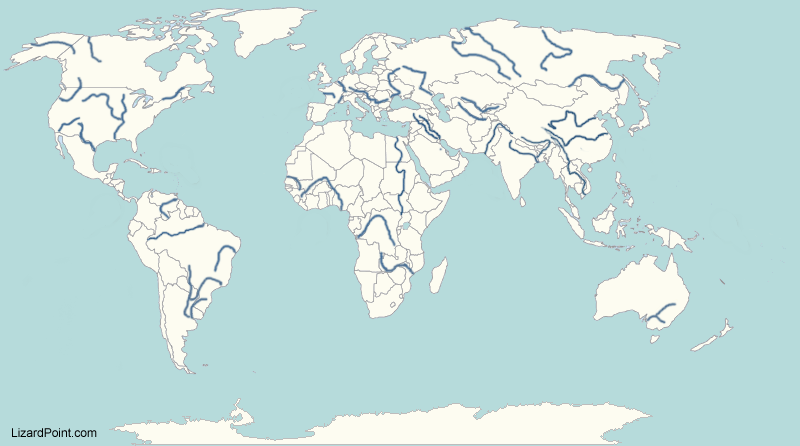Hope in Sharm el-Sheikh: Inside the Israel–Hamas Peace Talks- The Red Sea resort town of Sharm el-Sheikh has seen many conferences and summits over the decades, but none quite like this. The air feels different — cautious, heavy, yet threaded with something rare in the Middle East: a flicker of hope. For the first time in months, the guns may fall silent, if even briefly, as Israel and Hamas begin indirect negotiations to implement Donald Trump’s new Gaza peace plan.
Behind the manicured palms and tight security cordons, delegations are shuttled between hotel suites by Egyptian and Qatari mediators. The two sides are not sitting face to face; their words pass through channels, filtered and rephrased, weighed for tone as much as substance. Yet even this limited dialogue represents a major shift — the first structured attempt at de-escalation since the latest round of fighting turned Gaza into a landscape of grief and rubble.
A Plan Born in Pressure and Politics
Trump’s proposal — dubbed the “20-Point Gaza Stabilization Framework” — blends diplomacy with hard-edge pragmatism. It aims to stop the war through a three-stage roadmap: an immediate ceasefire and hostage-prisoner exchange, a phased Israeli military withdrawal to designated security zones, and finally, the creation of a transitional international authority to rebuild and govern Gaza until new local elections can be held.
The idea is bold but contentious. Israeli negotiators, led by Ron Dermer, want guarantees that Hamas will disarm completely. Hamas leaders, speaking through intermediaries, reject any plan that strips them of political legitimacy or leaves Israel with control over Gaza’s borders. Both sides have agreed to talk — but not yet to trust.
Egypt’s diplomats, seasoned veterans of Middle Eastern crisis management, are balancing between caution and urgency. “The room is tense, but not hopeless,” one Egyptian official told local reporters. “At least they’re still in the same building.”
Trump’s Comeback Moment
For Donald Trump, this is not just about foreign policy; it’s about legacy and redemption. After leaving office amid controversy, he is attempting to reclaim the title of “deal-maker in chief.” His administration’s Abraham Accords normalized relations between Israel and several Arab states — but they bypassed Gaza. This new initiative seeks to close that chapter.
In a televised statement ahead of the talks, Trump urged negotiators to “move fast” and warned that “delays cost lives.” His team has framed the plan as “a path to peace with accountability,” emphasizing security, reconstruction, and economic incentives rather than lofty speeches about coexistence.
Critics, however, argue that the plan risks prioritizing image over substance. “You can’t rebuild Gaza with photo ops,” said one European diplomat. “The humanitarian crisis must come first, or no plan will last more than a season.”
The Human Dimension
Inside Gaza, expectations are painfully low. For civilians who have survived months of bombardment, talk of diplomacy feels distant from daily reality. Power remains scarce, hospitals are overwhelmed, and many families are still searching for the missing. Yet even the mention of a ceasefire has ignited cautious optimism. “If they can just stop the bombs for one week,” said a teacher from Rafah via a local network, “maybe the world will remember we’re still here.”
On the Israeli side, emotions are equally complex. Families of hostages still held in Gaza have been demonstrating outside government offices, pleading for progress. “We don’t care who gets credit,” said one protester. “We just want our people home.”
High Stakes, Narrow Windows
Diplomats describe the next few days as critical. The first test will be whether Hamas agrees to release a small group of hostages in exchange for Palestinian prisoners — a symbolic gesture that could set momentum for broader concessions. A failure here could collapse the process entirely.
Meanwhile, Israeli airstrikes have continued around Gaza City, and Hamas rockets have landed near southern Israeli towns. Each explosion threatens to undo hours of negotiation. “It’s like trying to build peace during a storm,” an Egyptian mediator remarked privately.
A Fragile Hope
Still, amid exhaustion and suspicion, there’s something quietly significant about these talks. The world has seen countless peace attempts in the region fade into bitterness. But every process must begin somewhere — and perhaps this one begins with a whisper rather than a handshake.
As night falls over the Red Sea, the lights of Sharm el-Sheikh glimmer across the water. Inside guarded conference halls, negotiators keep talking. No one knows whether Trump’s plan will endure or dissolve, whether it will lead to peace or another dead end. Yet for the first time in a long time, both sides are speaking — however indirectly — about stopping the war.
And sometimes, in the Middle East, even that small step is what hope looks like.

;img.crop(width:1080%2Cheight:608))

